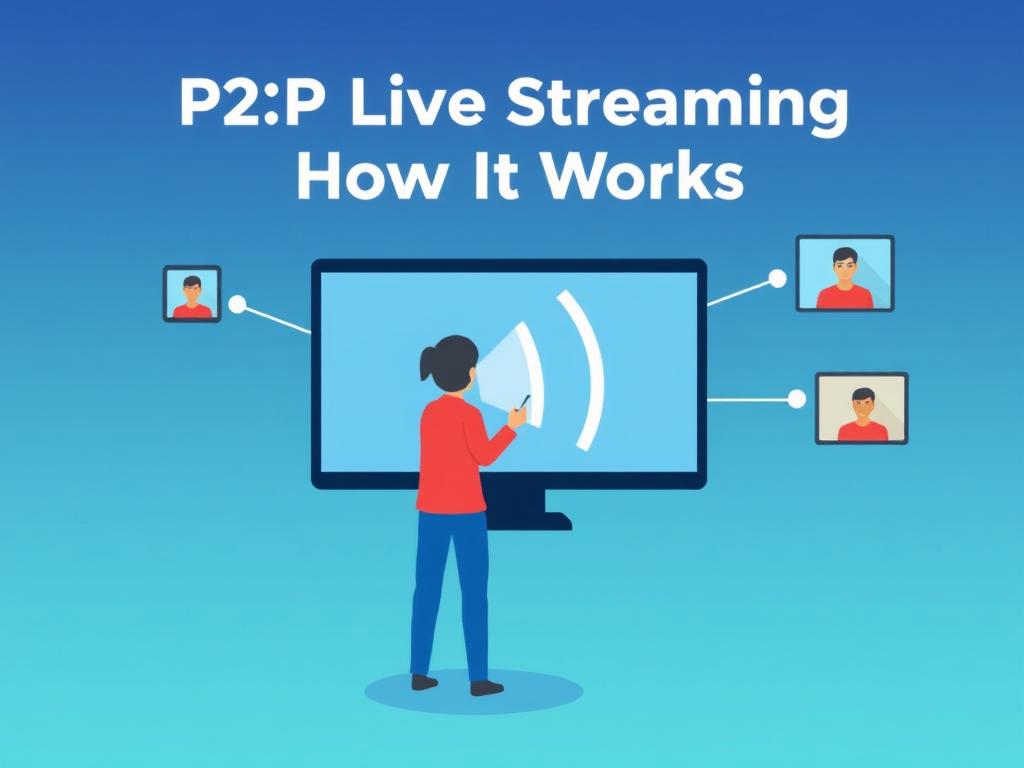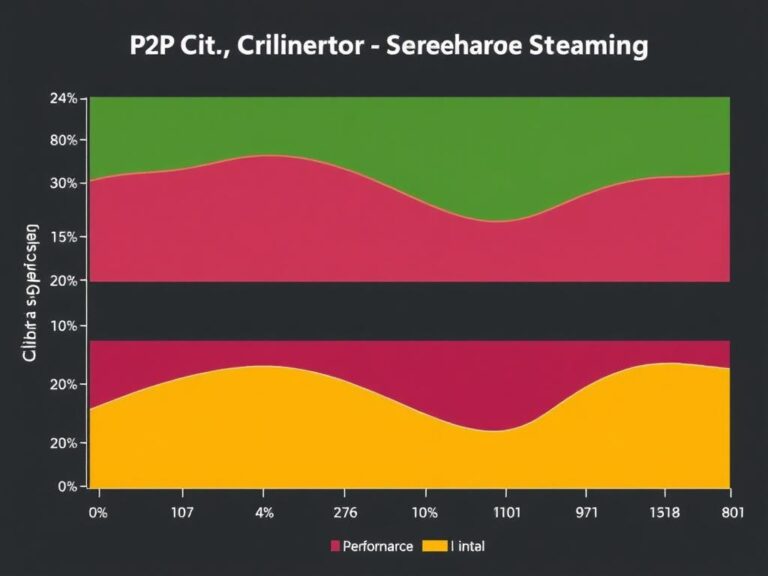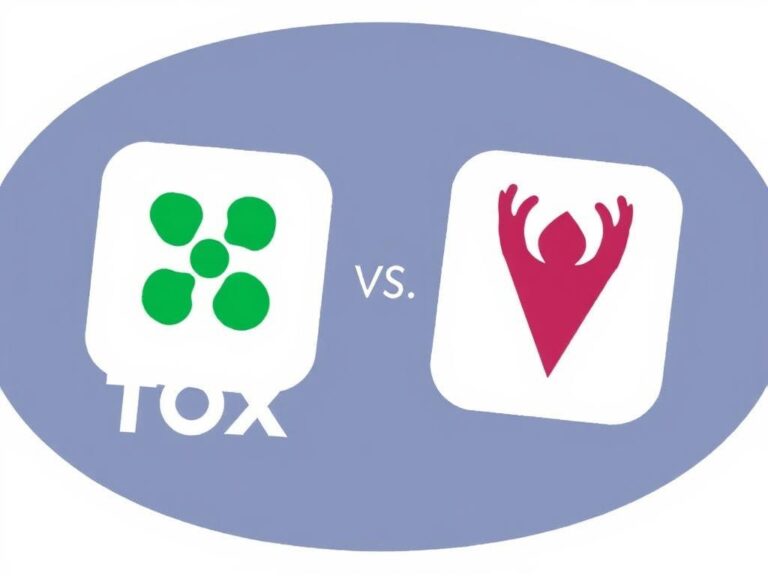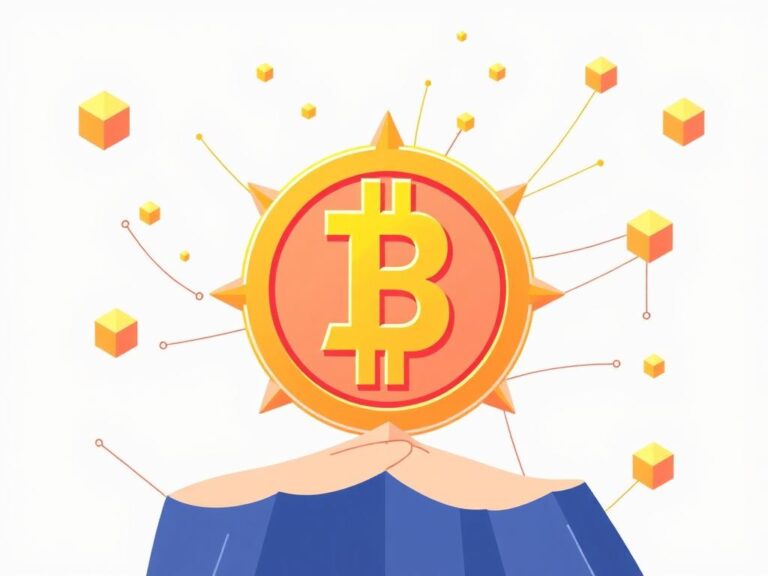P2P Live Streaming: How It Works and Why It’s Revolutionizing Online Broadcasts
In today’s digital age, live streaming has become a staple for entertainment, education, gaming, and countless other purposes. From watch parties to live webinars, people all over the world tune in to experience events in real time. But have you ever wondered how live streaming manages to support millions of viewers simultaneously, especially during major broadcasts? The answer lies partly in an innovative technology known as P2P live streaming. This article will guide you through how P2P live streaming works, why it is a game changer, and what advantages it brings to the streaming ecosystem.
What Is P2P Live Streaming?
P2P, or peer-to-peer, live streaming is a distributed method of delivering live video content across the internet. Unlike traditional streaming, which depends heavily on centralized servers, P2P live streaming divides the task of distributing video streams among multiple users—or peers—watching the same content. Each viewer’s device not only receives the stream but also uploads parts of the video to other viewers in the network.
This model transforms a one-to-many delivery system into a collaborative, mesh-like network where every participant contributes bandwidth, making it easier to scale to large audiences with less strain on central servers.
How P2P Live Streaming Works Step-by-Step
Understanding the mechanics behind P2P live streaming helps reveal why it’s such a powerful approach. Here’s a simple breakdown of its workflow:
- Stream Source: The broadcaster sends the live video feed to a central streaming server.
- Initial Distribution: The server distributes this feed to a handful of initial peers or super nodes who have higher bandwidth and capabilities.
- Peer Sharing: These initial peers break the stream into smaller chunks and start sharing those chunks with other viewers connected in the P2P network.
- Chunk Exchange: Each viewer downloads video data chunks from multiple sources (other peers and sometimes the server), then reassembles them for smooth playback.
- Upload Contribution: Simultaneously, each viewer uploads these chunks back into the network to help other viewers receive the stream.
- Dynamic Adaptation: The system continuously adjusts connections to optimize playback, balancing load and network conditions.
In essence, every viewer is both a downloader and uploader, creating a fluid and resilient broadcasting mesh.
Why Is P2P Live Streaming Important?
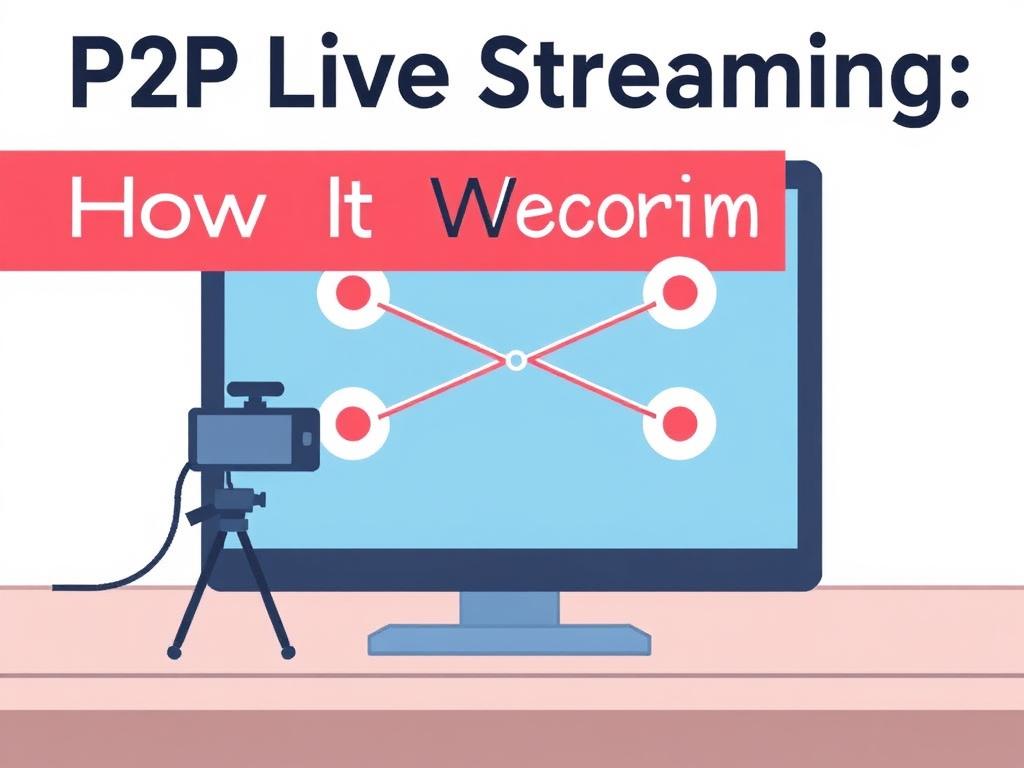
Traditional live streaming approaches face challenges such as high server bandwidth costs and bottlenecks during peak viewership. P2P live streaming drastically reduces the reliance on centralized infrastructure, offering several compelling benefits:
- Scalability: Because viewers share content, the system can easily handle millions of concurrent streams without massive server expansions.
- Cost Efficiency: By offloading traffic from central servers to peer devices, broadcasters save significantly on bandwidth and server resources.
- Better User Experience: With multiple sources delivering video chunks, the system can dynamically route around network problems, reducing buffering and lag.
- Reduced Latency: P2P networks can lower streaming delays, bringing viewers closer to real-time interactions.
Comparing P2P Live Streaming to Traditional Streaming
To better understand the differences, let’s take a look at a quick comparison:
| Aspect | Traditional Streaming | P2P Live Streaming |
|---|---|---|
| Distribution Model | Centralized servers deliver all content | Distributed delivery via viewers’ devices |
| Scalability | Limited by server capacity and bandwidth | Scales efficiently with audience size |
| Bandwidth Costs | High, due to server and CDN fees | Lower, as peers upload to each other |
| Latency | Depends on server and CDN optimization | Generally lower due to distributed chunks |
| Reliability | Dependent on server uptime | More resilient due to mesh network connections |
Key Technologies Behind P2P Live Streaming
P2P live streaming combines several advanced technologies to function effectively:
- Content Delivery via Segmented Chunks: The video stream is broken into small pieces or chunks that can be transmitted individually.
- Distributed Hash Tables (DHT): This helps peers find which other users possess the video chunks they need.
- Swarming Algorithms: Enables efficient chunk exchange by connecting peers in an optimized topology.
- Adaptive Bitrate Streaming: Adjusts video quality in real-time based on network conditions and device capabilities.
- Network Address Traversal: Techniques like NAT traversal and WebRTC facilitate direct peer-to-peer connections despite firewalls.
Together, these components enable a seamless and scalable viewer experience, making P2P a robust alternative to conventional streaming infrastructures.
Popular Use Cases for P2P Live Streaming
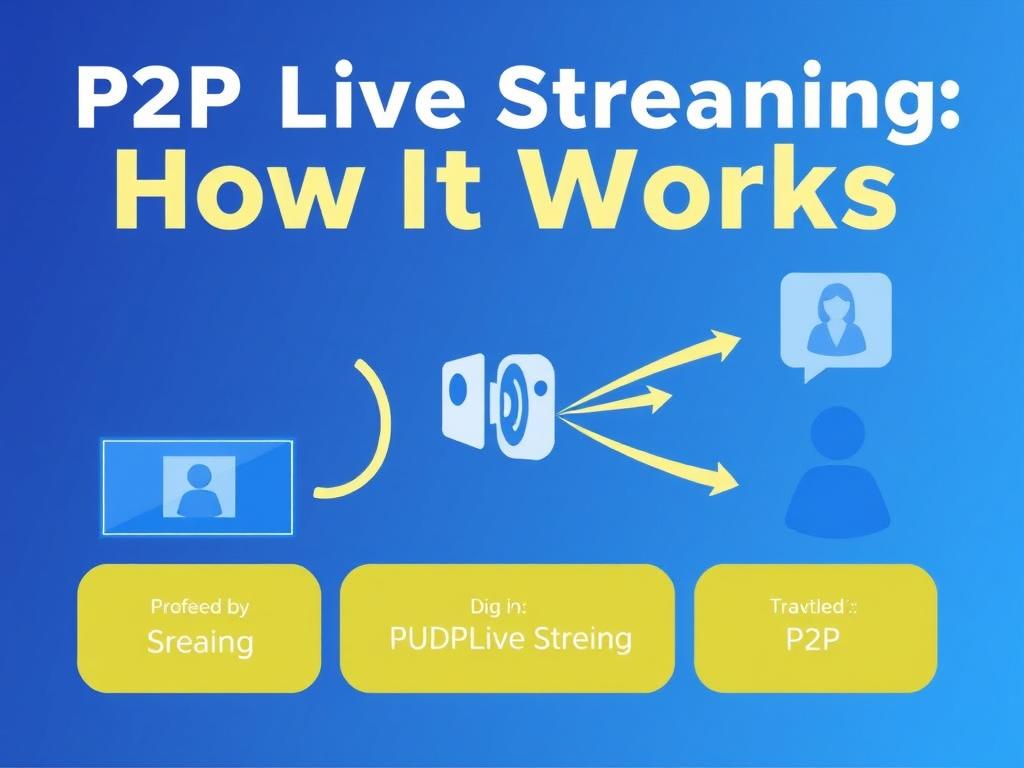
P2P live streaming is finding its way into numerous applications, thanks to its scalability and efficiency. Some popular use cases include:
- Sports Broadcasts: High-profile sporting events with millions of viewers use P2P to handle sudden surges in traffic.
- Online Education: Massive virtual classrooms or webinars benefit from stable streams without high hosting costs.
- Live Gaming Streams: Platforms supporting eSports players and tournaments leverage P2P to minimize delays.
- Virtual Concerts and Events: Artists streaming live shows reach broader audiences with better latency and quality.
- Corporate Communications: Companies use P2P streaming for town halls or global meetings with large employee attendance.
Challenges and Considerations

Despite its advantages, P2P live streaming also faces unique challenges. Quality control relies on many diverse peer connections, meaning poor network conditions or inactive peers can affect stream reliability. Security is another issue, as unauthorized or malicious peers could potentially disrupt the delivery or inject harmful content. Additionally, some users may be hesitant to contribute bandwidth or allow uploading from their devices due to privacy or data usage concerns.
To address these issues, many P2P streaming platforms include fallback servers, encryption, and robust performance monitoring to ensure smooth playback and strong security while maintaining the benefits of peer-assisted delivery.
The Future of P2P Live Streaming
The trend toward decentralized, scalable streaming solutions continues to grow. Innovations in blockchain, edge computing, and AI-powered network management are expected to further enhance P2P live streaming. New protocols aim to reduce latency even more and support interactive features that require instantaneous feedback. As internet infrastructure improves and more devices become capable of supporting peer networks, P2P live streaming will likely become more prevalent across consumer and enterprise applications.
In particular, the decentralization movement—with a focus on privacy, resilience, and community-driven networks—aligns naturally with the principles of P2P live streaming, suggesting a bright future for this transformative technology.
Conclusion
P2P live streaming is reshaping the way live content is delivered online by turning every viewer into an active participant in the network. This innovative approach reduces costs, boosts scalability, and enhances performance by sharing the burden of data transmission across the entire audience. While it does face challenges related to reliability and security, ongoing technological advances are steadily overcoming these obstacles. As demand for high-quality, low-latency streaming grows across entertainment, education, and corporate sectors, P2P live streaming stands out as a vital solution for the future of digital broadcasting—making the experience seamless, interactive, and accessible for millions worldwide.
